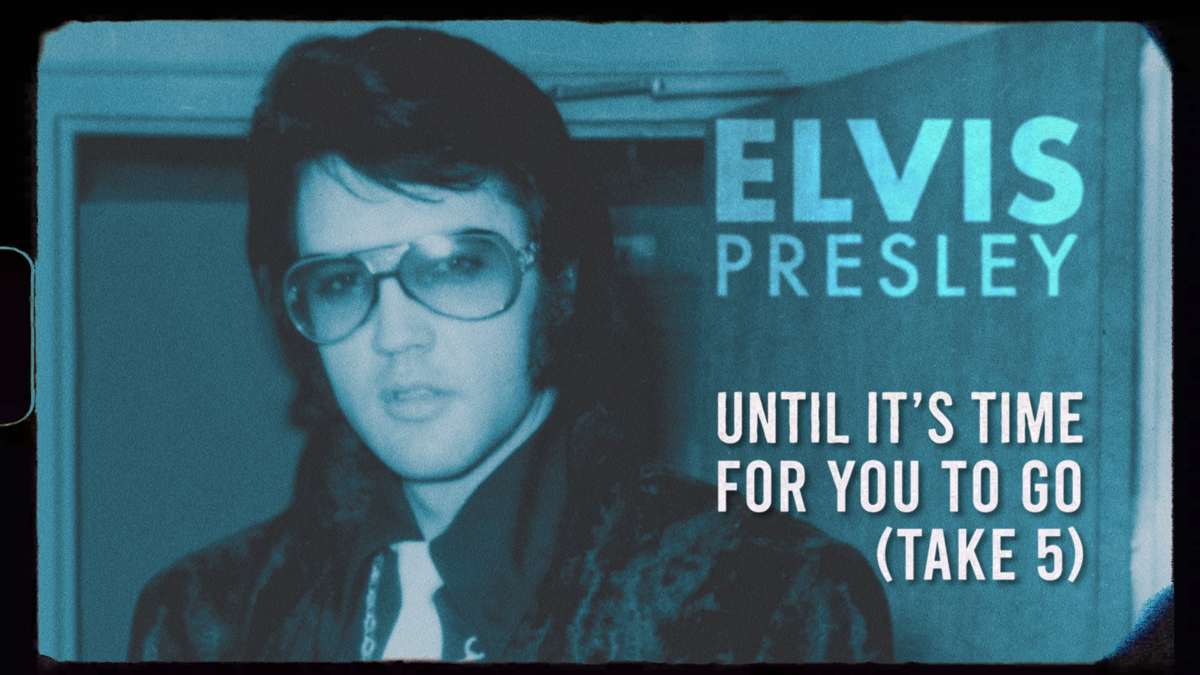Introduction

Until It’s Time For You To Go: A Love Story With Layers
Elvis Presley’s “Until It’s Time For You To Go” isn’t your typical love ballad. Released in 1972, it carries a bittersweet undercurrent that reflects the song’s interesting journey.
Originally written by Buffy Sainte-Marie, a Canadian singer-songwriter, “Until It’s Time For You To Go” debuted in 1965. Sainte-Marie describes the song’s origin as a melody that “popped into my head while I was falling in love with someone I knew couldn’t stay with me.” The lyrics paint a picture of a passionate connection, urging the lover to “love me now” and avoid dwelling on the inevitable parting.
The song gained traction before Elvis touched it. British group The Four Pennies took it to the UK Top 20 in 1965, and Neil Diamond later covered it in 1970, achieving moderate success on the US charts.
In 1971, Elvis was looking for a new direction. Two previous singles failed to resonate, and “Until It’s Time For You To Go,” a folk melody covered by country-influenced Neil Diamond, might not have seemed like an obvious choice. However, it aligned with Elvis’s desire to explore a more introspective sound.
Elvis’s rendition, released in 1972, hit #40 on the Billboard Hot 100 but climbed higher on the Easy Listening chart, reaching #9. The song’s success cemented its place in Elvis’s vast repertoire, offering a glimpse into a vulnerable side and a willingness to experiment with genre.
While some interpret “Until It’s Time For You To Go” as a story of forbidden love, Sainte-Marie suggests a broader theme. It’s a song about cherishing fleeting moments, acknowledging the impermanence of connections, and embracing love in the present, “until it’s time for you to go.”